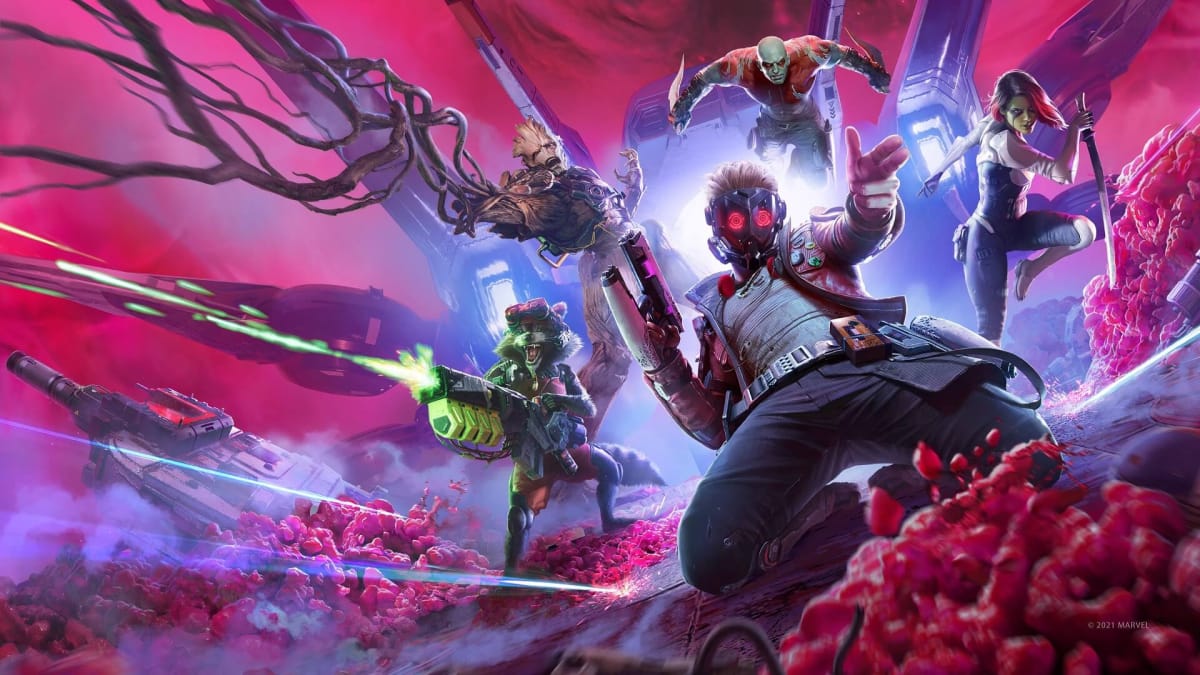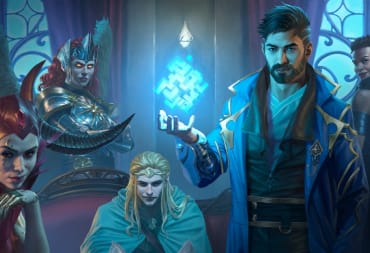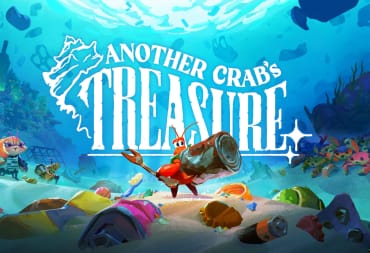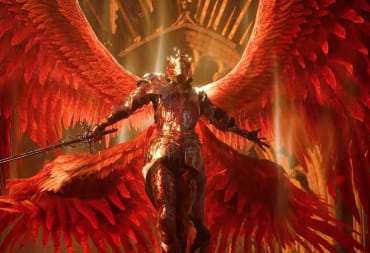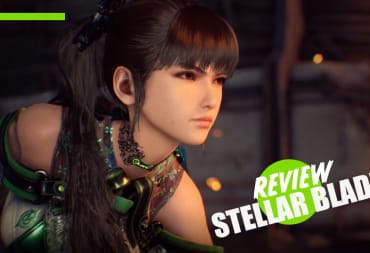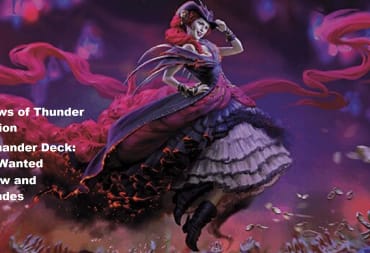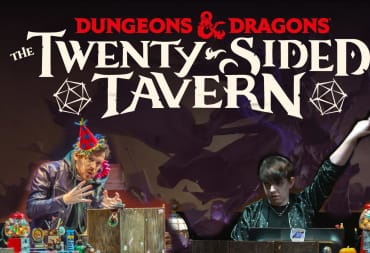The Xbox Series S was marketed as an entry-level Series X that offered the same experiences at lower resolutions. A year into the generation, that promise hasn't quite panned out that way. Many games strip back visual settings on top of the resolution sacrifice, but others go a step further with major missing features and different frame-rate targets. This article lists three games that showcase the greatest disparities between Microsoft's ninth-gen offerings.
Ghostrunner
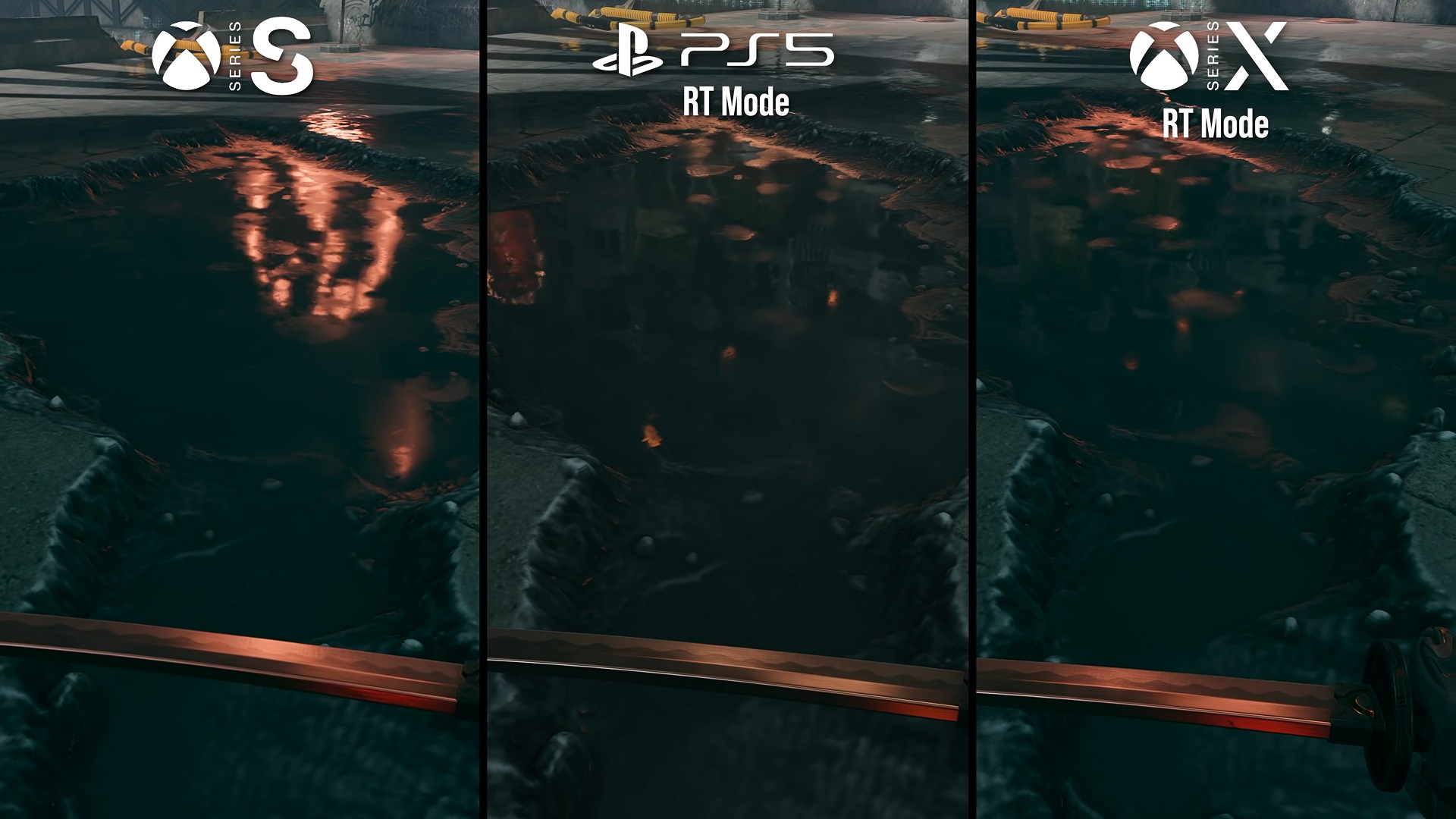
In terms of missing feature set, Ghostrunner is one you might not expect as it attempts to target 60 frames per second on last-gen consoles. "Attempt" is the keyword because it is incredibly unstable, but it's still a noble target for a base last-gen console.
The Xbox Series X version offers three graphics modes:
- 60 FPS ray tracing mode
- 60 FPS non-ray tracing mode
- 120 FPS mode
The Xbox Series S, on the other hand, only gets the 60 FPS non-ray tracing mode targeting 1440p compared to the Series X's native 4K output; a good effort looking at just the metrics from either side's matching modes. The effort is less impressive when you realize how much is missing. It's common for releases with two or three modes on the more powerful Series X to cut back one mode on Series S. This is one of few instances in which the Xbox Series S misses out on two major modes. Keep in mind its CPU trades blows with the PS5 and the GPU supports hardware-accelerated ray tracing, which we have seen in games like Watch Dogs: Legion and Metro Exodus.
Every engine is different, and the reasons for a console's output from game to game can vary wildly. Maybe it's the reduced memory making the ray-tracing implementation difficult in this particular game. Maybe it's budget and time constraints. Whatever the reason, the end-user experience is what consumers judge. Not every game needs ray tracing or 120 FPS to feel next gen, but when those are the main selling points of the ninth-gen versions, their omissions make the Series S feel decidedly less next gen, even as an entry point.
Marvel's Guardians of the Galaxy
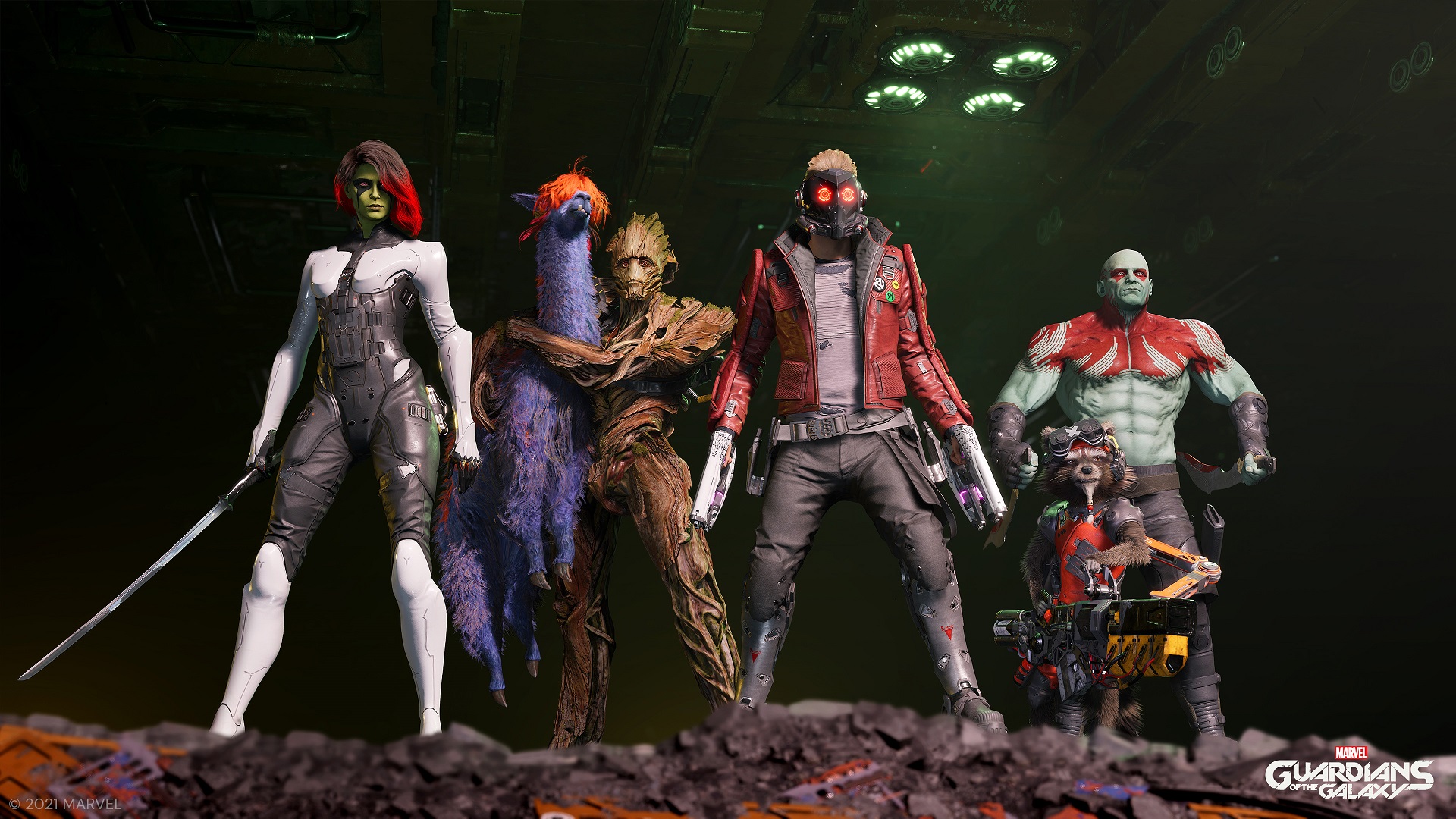
Marvel's Guardians of the Galaxy continues in Ghostrunner's lead, omitting two modes that make the Xbox Series S offering feel as though it was given less attention than it could have. At launch, the Xbox Series S only offered a 30 FPS capped quality mode, meanwhile the Series X had an additional performance mode at 60 FPS.
In the weeks since launch, the more powerful consoles received a third mode that added ray-traced reflections. Eidos Montreal also added an option to uncap the frame rate on Series S in that same patch, though they recommend pairing it with a VRR display. Even the display option in-game admits that this mode "will run anywhere from 30 to 60 FPS." This is not a dedicated performance mode.
Every console title is internally capable of rendering higher than the target frame rate, using that headroom to prevent unexpected drops. If developers settled for just hitting 30 FPS or 60 FPS, any player action could result in drops below the frame-rate target. The state of Guardians of The Galaxy's performance is disappointing for Series S owners that want a dedicated 60 FPS mode, regardless of the sacrifices it would entail.
Ray tracing's omission leave another sour mark on an iteration that feels less optimized than the typical multiplatform release. Putting the entire visual package into context, the sole quality mode on Series S renders at the same 1080p resolution as the Series X performance mode, albeit with even further reduced settings beyond its performance mode such as foliage density that lines up more closely with the last-gen versions. To its credit, Xbox Series S does at least feature higher-quality textures and shadows than PS4 Pro and Xbox One X.
These minor visual enhancements are unfortunately paired with a significantly lower resolution than even the PS4 Pro, which the Series S should be outclassing in every respect with its more modern GPU architecture, RAM, and generational leap in CPU power. Despite this, the PS4 Pro turns in a dynamic 1440p to 1890p resolution, putting it leagues ahead of Series S' fixed 1080p output.
This last-gen comparison suggests that something may have gone wrong on the optimization front. The Series S has minor advantages in texture quality and shadows, but the PS4 Pro should not be rendering at resolutions upwards of three times higher than Series S. Even the infamously poorly optimized Grand Theft Auto: The Trilogy runs at an expectedly higher resolution on Series S than PS4 Pro.
Hellblade: Senua's Sacrifice
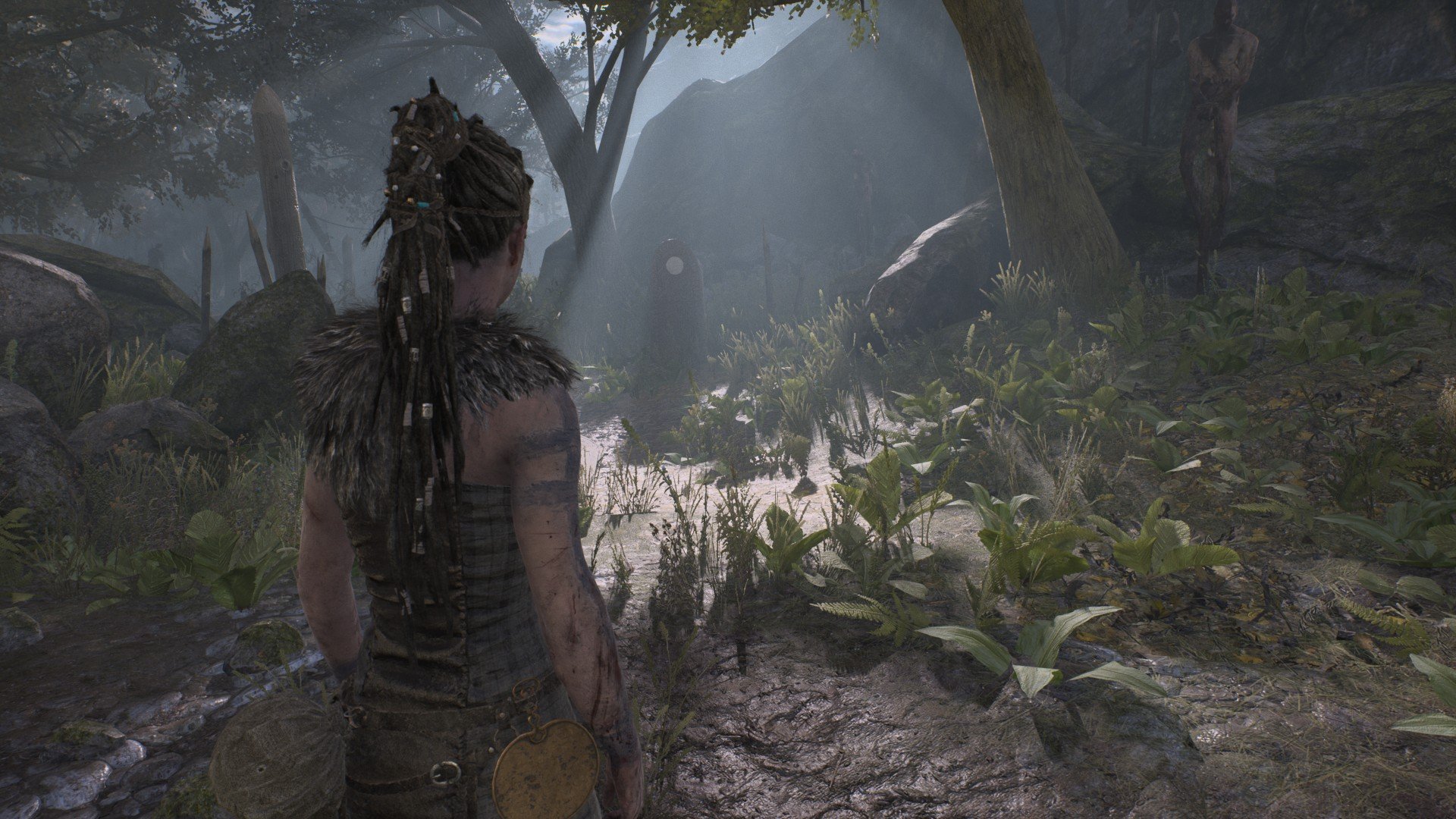
Hellblade: Senua's Sacrifice is the most fascinating game on this list as it's technically a first-party title following Microsoft's acquisition of Ninja Theory in June 2018. While we will have to wait until Senua's Saga to gleam what can be fully accomplished under Microsoft's wing, there are still some interesting observations to be made here. It originally launched as a PlayStation 4 and PC exclusive in 2017, followed by an Xbox One port the next year. Fast forward to 2021 and Ninja Theory is now owned by Microsoft, but the original game's development and workflow would not have been influenced by the Xbox platform. With that said, as a current first-party studio, Hellblade: Senua's Sacrifice got a major visual upgrade on Xbox Series X/S and PC, leaving the PlayStation 5 behind.
Hellblade's Series X iteration features three modes:
- Resolution - 60 FPS mode targeting 4K without ray tracing
- Performance - 120 FPS mode
- Enriched - 30 FPS mode targeting 4K with ray tracing and maximum visual presets
The Xbox Series S version does feature enriched, resolution, and performance modes. There aren't any unaccounted for modes unlike Ghostrunner and Marvel's Guardians of the Galaxy. Hellblade still makes the list because of its first-party status, however. Despite the Microsoft funding and specific optimizations for Series consoles (PC patch came three months later), there are curious inconsistencies across the modes that don't scale as expected.
Enriched mode runs at 30 FPS on both consoles with the expected resolution and settings reductions on Xbox Series S. The performance and resolution modes, though, paint a different picture. The Xbox Series S resolution mode doesn't budge from from its 30 FPS cap in spite of the Series X doubling its frame-rate target in the same mode. Resolution mode even suffers from more frequent frame-rate drops than the Series X equivalent, which is surprising for such a large gap in resolution, visual settings, and frame-rate targets. Moving over to performance mode, Series X runs at 120 FPS whereas the Series S equivalent runs at 60 FPS.
These frame-rate disparities are puzzling considering how important Hellblade is as an intellectual property for Microsoft moving forward. There are games that target 120 frames per second on Xbox Series S like Gears 5 and Doom Eternal. In Gears 5's case, it is a first-party title with the associated benefits. The other is a third party that had to simultaneously balance a total of eight modes across three consoles as well as the PC-specific update. The developer of the next-gen update, QLOC, is independent, so it's possible they didn't have access to the same resources had Ninja Theory handled the conversion themselves. Regardless, the end-user experience is what matters most, and Series S shows a stark difference.
The Xbox Series S Difference
The Xbox Series S is a fine entry point at its MSRP for people that just want to play games. If you aren't bothered by having the most high-end visuals, it's an attractive option for consumers when paired with Xbox Game Pass. It makes modern gaming more accessible than any past console generation. Unfortunately, the aforementioned games exhibit a large enough difference that might make those same users feel like they're missing out to a greater extent than other titles.
Have a tip, or want to point out something we missed? Leave a Comment or e-mail us at tips@techraptor.net
